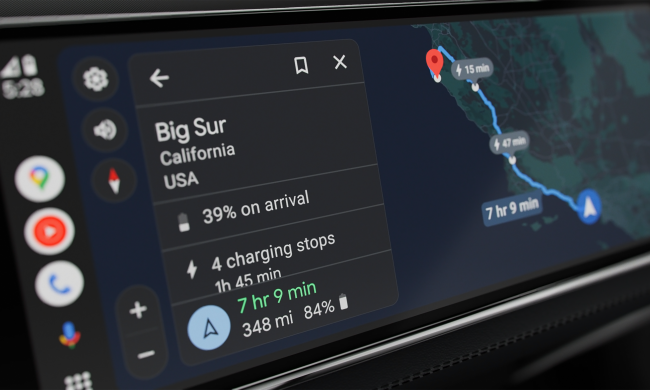
Google is hard at work developing its 3D-mapping technology with Project Tango. Now, the Tango team has added a table development kit to the mix, so developers can test out new applications for the device. The Tango reference tablet features a 7-inch display and some very high-end specs.
The ultra-powerful tablet comes with the new Nvidia Tegra K1 processor, 4GB of RAM, 128GB of storage, and a 1080p display. It’s running stock Android 4.4 and offers Wi-Fi, Bluetooth LE, and 4G LTE connectivity. The Tango tablet has two cameras inserted at a special 13-degree angle for proper 3D mapping, as well as a depth sensor on the back. Google even added Micro HDMI and USB 3.0 ports. Clearly, the Tango Team didn’t want the tablet to suffer from any earthly limitations.
Google only created a limited number of the Tango tablets for select developers. This ultra-powerful tablet will cost $1,024 and is obviously not meant for consumers. The Tango team is using the tablet to do all sorts of cool things, one of which is creating a realistic gaming experience where users can interact with their own environment in the game. Johnny Lee, Tango’s Technical Program Lead, told Engadget that “if the device can understand your environment, you could turn your living room into a dungeon.” Considering what Oculus VR is working on with virtual reality gaming, the addition of 3D-mapping tech could make for the most realistic game play yet.
Project Tango’s 3D-mapping tech could of course be used for more practical situations, too, such as the battlefield, a specific location during an emergency or natural disaster, and so on. Google is only 18 months into this 24-month project, so it’s still got a long way to go before Project Tango becomes a real, useable product. The many developers who will test of the tablet will certainly help the team improve its design.
